Review and Photos by OkapiBoy
Choosing a figure for my very first review for the blog proved to be difficult. For my first review, I wanted a figure that was both unique, obscure, and reflect my interest. After much deliberation, I decided on this figure, CollectA’s chiru or more commonly knows as the Tibetan antelope (Pantholops hodgsoni).

In their prehistoric model series, CollectA is well know and has the reputation of choosing to spotlight species that are often obscure. So it is with great admiration that this trend continues in their extant animal figures. CollectA remained true to their mission of bringing unique, often obscure species into the spotlight, many seeing plastic versions for the very first time. This is why the CollectA brand of extant animal is my favorite by far.
Tibetan antelope must be one of the hardiest animal on the planet. It lives high up in one of the harshest and inhospitable places on earth.
Here, on the high mountain steppes and semi-desert of the Tibetan Plateau, vast herds of chiru roam the plains in their epic migration in search of food.
They share this beautiful yet harsh landscape with other hardy animals. This place is often compared to that of Africa’s famous Serengeti due to the surprising number of big mammals that call this place home.

Sharing this habitat with the Chiru are herds of Tibetan wild ass or kiang (Equus kiang), Mongolian gazelle (Procapra gutturosa), yak (Bos grunniens), Himalayan blue sheep or bharal (Pseudois nayaur), Argali (Ovis ammon).
As expected, where there are prey, predators are not far. Stalking the herds are snow leopards (Pathera uncia), Tibetan wolves (Canis lupus chanco), Turkestan lynx (Lynx lynx isabellinus), Tibetan blue bear (Ursus arctic pruinosus).
CollectA’s figure is a male, easily identified by its long horns ( and if you must, just look under) and coloration. Females don’t have the long horns, and to date, there is no know figure version of it (it is to be hoped that we will see one someday).
When I first heard that CollectA was releasing a figure of this species, I was really excited!! I have read articles about the species way back in the 1990’s, well before I started collecting figures, but I was captivated by this unique animal.
The figure was released way back in 2015, and it really is a beautiful and very well sculpted figure. The figure captures the delicate yet hardy nature of the animal.
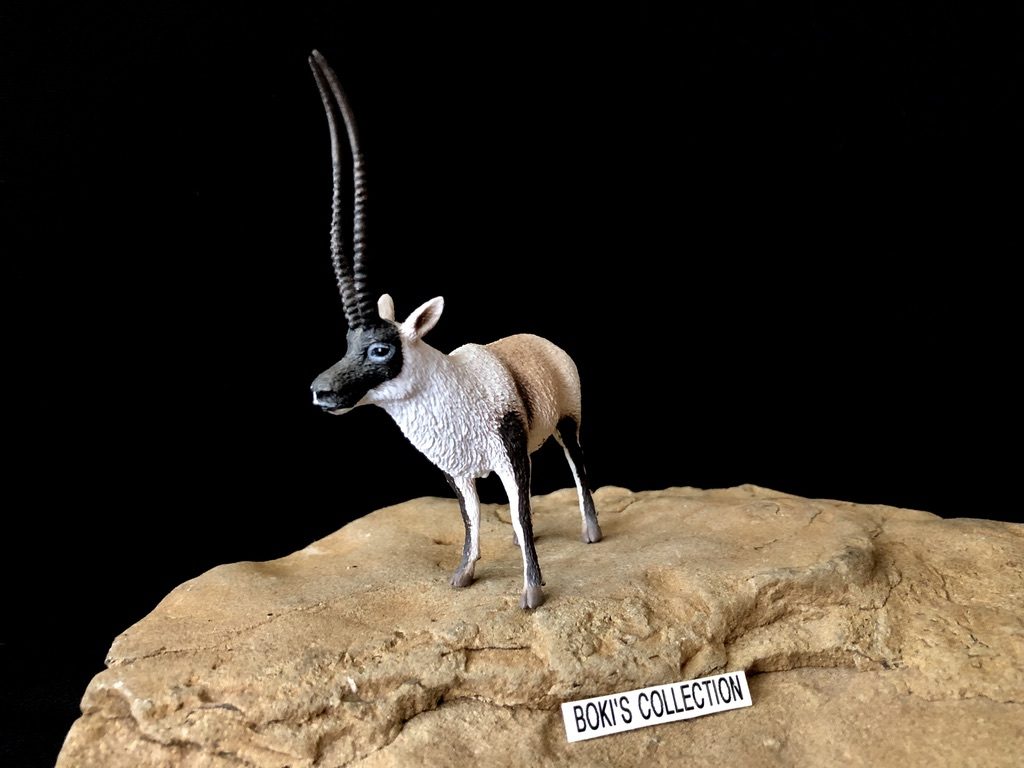
It is worth noting that there was also a special boxed limited edition that was released at the same time and was only sold in China as part of an education/awareness campaign for the conservation of the species.
From what I know, there were only 1,000 limited edition boxed figure released. The figures are the same, but the box it came in was beautifully illustrated and came with a booklet with information about the species, its status and conservation, as well as photographs.
Part of the sales from this limited edition was for conservation efforts, so although the price tag of $199 seems steep, it was for a good cause.
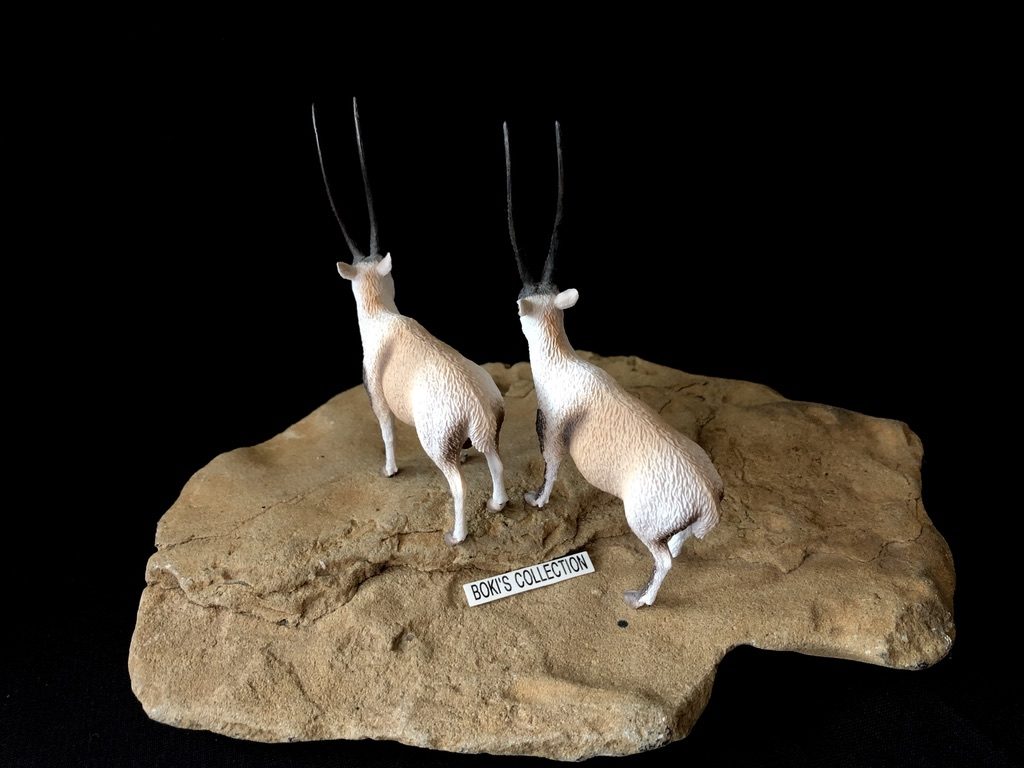
Standing 2”inches tall at the shoulder ( and a little over 4” inches up to the tip of the horns) and 3”inches long, a good size for a medium size animal.
The horns are beautifully sculpted and you can see each rings clearly from the base and slowly transition to smooth as it reaches the sharp tips. The horns are slender and delicate looking that starts off slightly moving backwards then arch back forward as it reaches the upper half in an elegant fashion.
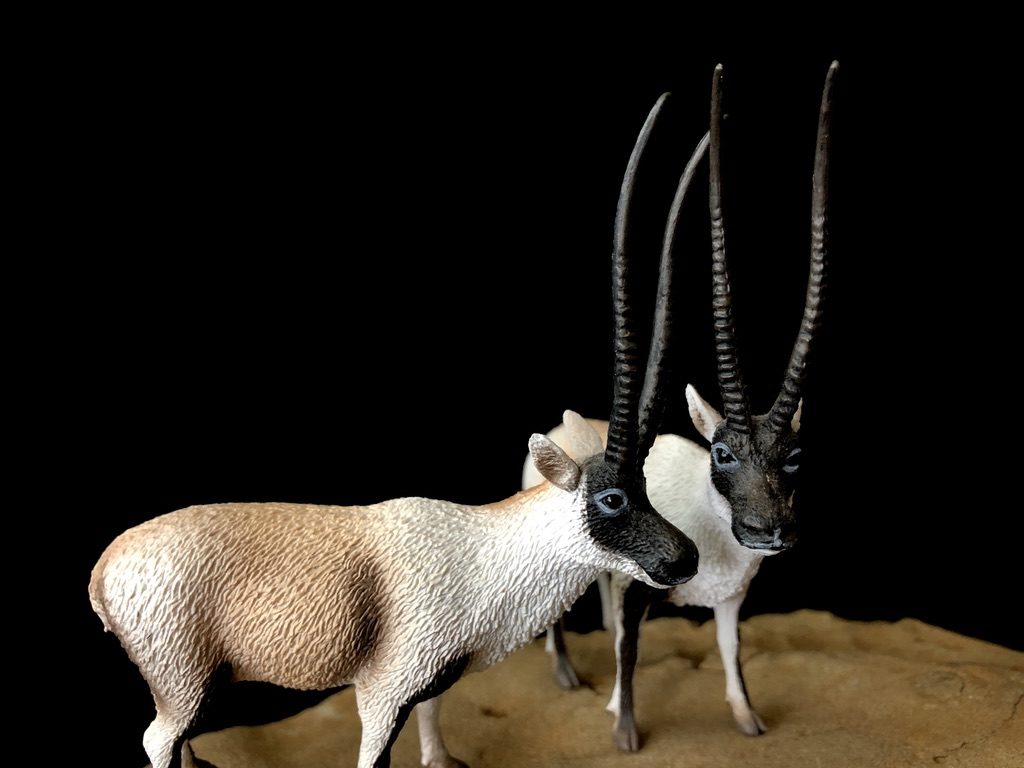
The head is nicely done, the big eyes are encircled by a pale ring that contrast nicely with the black mask that covers the upper half of the head. The nostrils are large and bulbous as it should be. Like the Saiga antelope, Chiru also have inflatable air sacs in their nostrils to enhance breathing at high altitudes. The ears are short and pointed and held in a relaxed yet alert position.
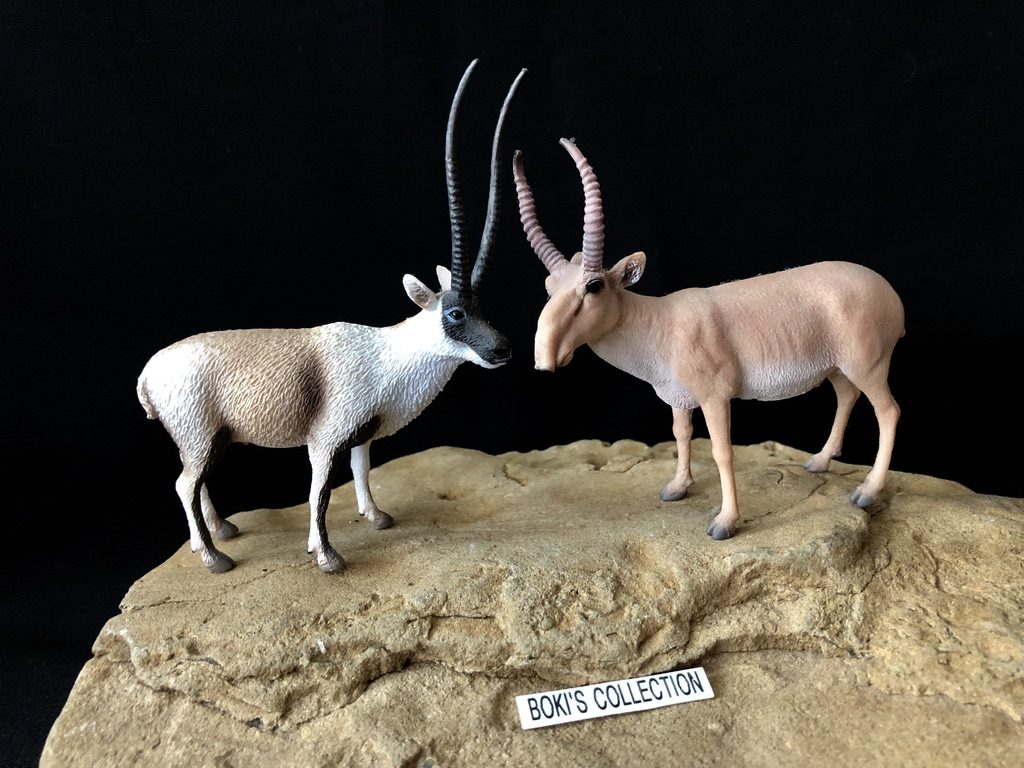
The body sculpting and proportions are about right. The fur texturing is beautiful and delicate. You can see nice movement in the fur that gives it a really nice touch of movement.
As this is a male in his prime, the fur color is a combination of cream and white, with some darker browns in the armpit, and legs areas. A darker brown vertical band runs the length of the legs. The females and calves have a light brown color.
To adapt to its harsh and frigid environment, the chiru grow a soft and thick undercoat to cope with the cold. This soft wool that helped the animal survive the extreme cold for hundreds of years would one day prove to be almost fatal in the modern world.
The wool is considered to be the finest, softest, and warmest in the world. In the 1980 and 90’s, the high fashion world took notice.
The wool, commonly know as shahtoosh was so coveted to be made into scarves and shawls, that prices skyrocketed with price tag ranging in the thousands of dollars.
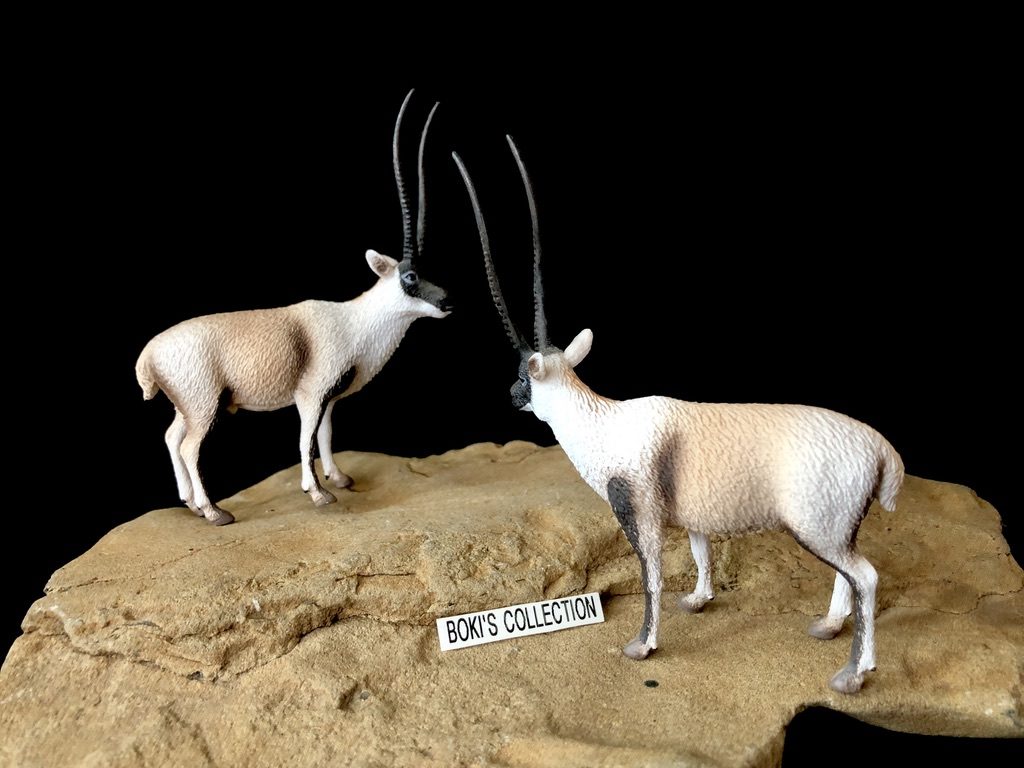
The immense hunting pressure eventually lead to the collapse of the population with an estimated 70,000 animals left at their lowest, pushing it dangerously close to extinction’s door.
The remoteness of the area that once kept the chiru safe can no longer save it from human greed and exploitation. During their lowest point, the Chiru joined others on the CITES list and was listed as endangered.
Fortunately, some action, tougher and more effective, was implemented to try to save the last remaining chiru population left. International education and campaign that brought awareness to the dire situation also helped.
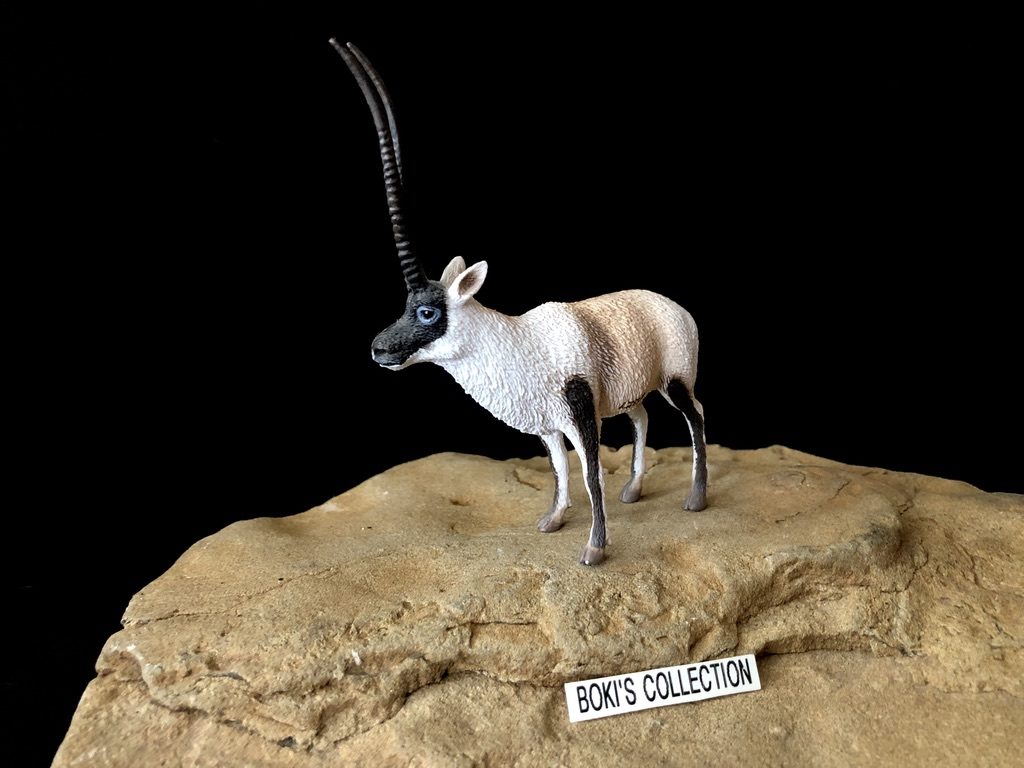
Today, the population is slowly recovering and there are approximately 150,000 animals left, a shadow of their former glory when herds used to numbered in the millions.
Their IUCN status has also change to that of Near Threatened, a much brighter spot compared to just a couple of decades ago.
Despite a complete ban on hunting, the illegal poaching and shahtoosh trade still present a serious threat to the chiru’s future.
And as far as I am aware of, there are no chirus in captivity.
Their extreme specialization makes them unsuited for captivity, so all conservation efforts must be done in-situ.
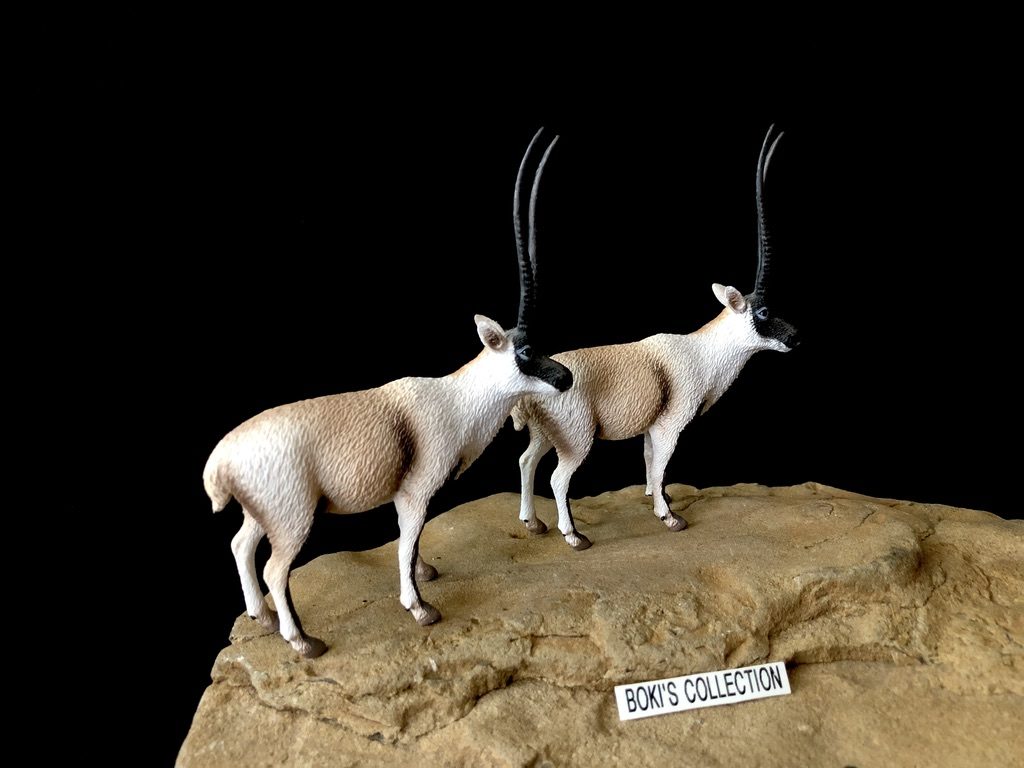
One of the last chiru stronghold is the vast Changtang National Nature Reserve. Other reserves created to help protect the Chiru such as West Kunlun and Shor Kul Tibet Antelope Nature Reserve would hopefully help ensure that, at least, some space are left for them to live.
Like many endangered animals, chiru’s are threatened by multiple factors including continued illegal poaching, habitat fragmentation, competition with domestic livestock.
And with populations concentrated in few reserves, disease outbreak and changing climate are also a real concerns.
The future of the Tibetan antelope, while not secure, does have hope.
With continued international support and local involvement, the tide can be slowed down and give the species a fighting chance.
In closing, CollectA’s chiru figure is really a special gem that gives any collection that little something. Well sculpted and beautifully executed, the figure really deserves a place in collection shelves. It is a unique species that you don’t see often.
CollectA, in my opinion, really set the bar high when it comes to ungulates, in their quality of sculpt and choice of species. And if you are a fan of antelopes ( and ungulates in general) like me, you will not be disappointed with this figure and the rest of CollectA’s diverse and impressive offerings.
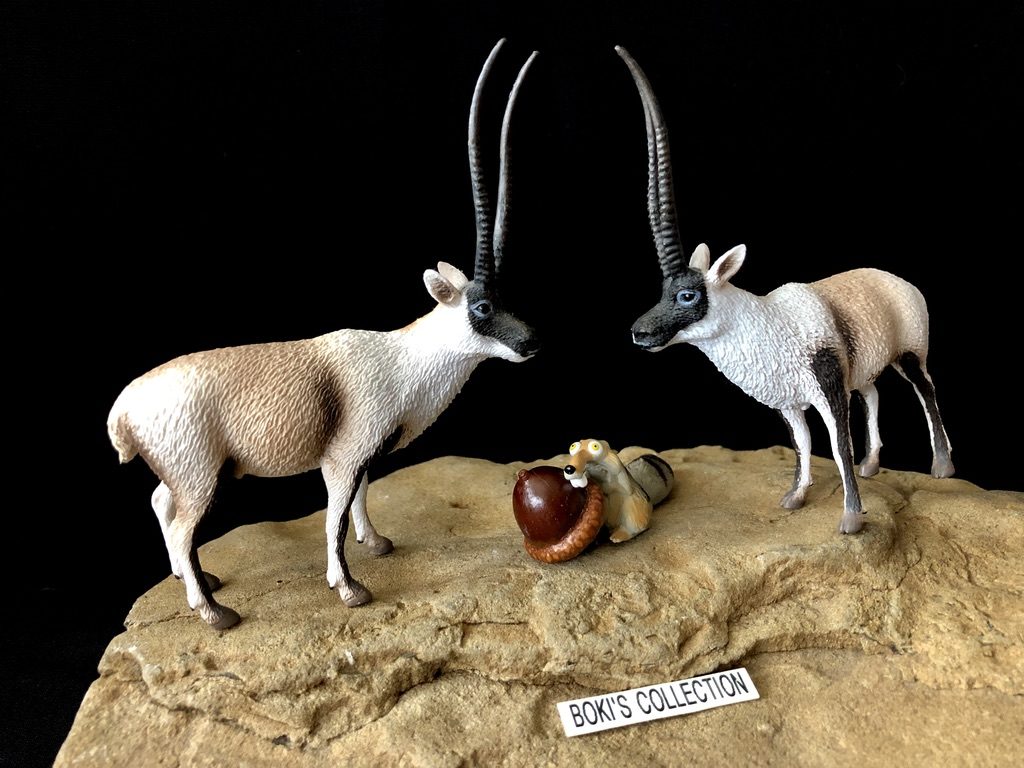
Well, that concludes this review. I hope that you enjoyed it and follow future reviews. Thanks for reading, take care, and until we meet again, CHEERS!
Note: As you may have noticed, I decided to continue the trend of using my little mascot to accompany my reviews, just like in the Dinosaur Blog, in hope of making a continuity to all of my review be it extant or prehistoric. I also decided to keep my trusted rock, by now a trademark of my photos, instead of using a new one.
Disclaimer: links to Ebay and Amazon on the AnimalToyBlog are affiliate links, so we make a small commission if you use them. Thanks for supporting us!




Excelente reseña, y si, es una figura muy bella, la conseguí! CollectA marca la diferencia al realizar figuras de especies que no son tan “populares”.
A great review of a nice little figure. My only criticism of the figure, and it’s a minor one, is that the horns are somewhat too long, in proportion to the body. They should be about 1/3 of an inch shorter. But they do look nice the way they are.